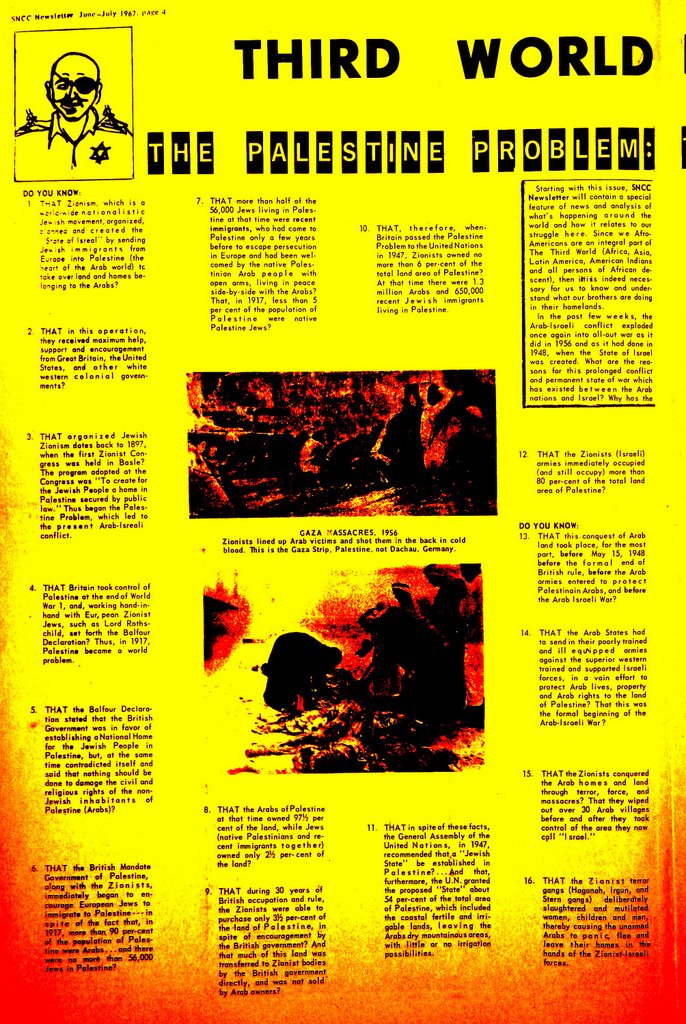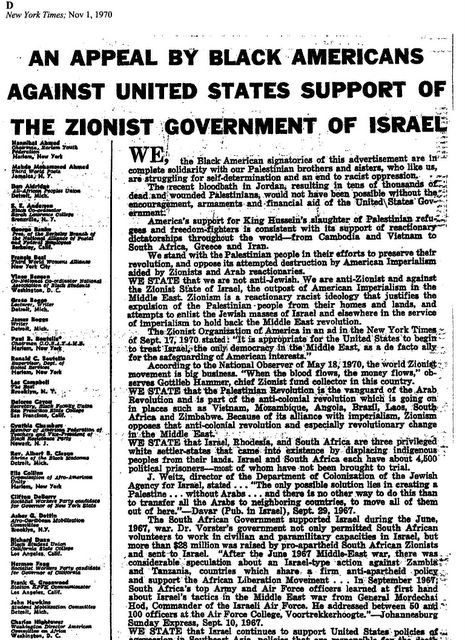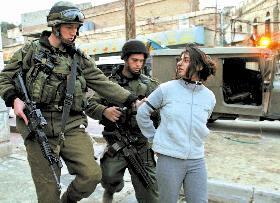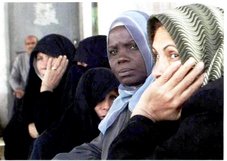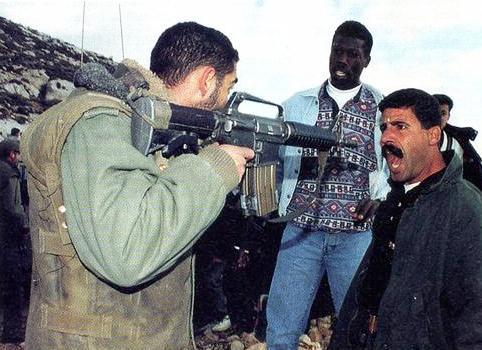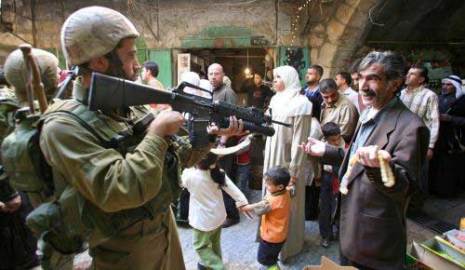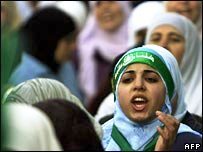By Inter Press Service
Saturday, August 08, 2009
Printed in the "Daily Star" (Lebanon), at:
http://www.dailystar.com.lb/article.asp?edition_id=10&categ_id=2&article_id=105059
Analysis
Jon Elmer
Inter Press Service
OCCUPIED BETHLEHEM: In her office at the Bethlehem women’s counseling center, Khawla al-Azraq recounts her memories from Israeli prison as vividly as if they were yesterday: the routine physical and psychological abuse, the nightly room searches, the hunger strikes and other collective actions in protest against their conditions, and the intense study sessions with her fellow prisoners.
“I still have a hard time with certain aspects – particularly the torture and the long periods in isolation. Prison is not a normal life. The psychological impacts affect how you see the world long after you are released,” she says. “And the problems that remain from prison affect your family, your community – every aspect of your life.”
Azraq served three separate terms in prison, beginning in 1979 and running though the period leading up to the Palestinian uprising that began in 1987. She is among some 12,000 women who have been imprisoned by Israel since 1967, according to a recent report by the Palestinian Prisoners’ Society, an arms-length agency of the Palestinian Authority.
The arrest of the women is part of a pattern of incarceration of Palestinians by Israel that now totals over 700,000 since the occupation of the West Bank and Gaza began 42 years ago, according to the prisoners society. Currently there are upwards of 11,000 Palestinians imprisoned in Israel.
A publication by Defense for Children International says that at least 355 Palestinian children were being held in Israel’s prisons at the end of June.
Abdullah al-Zeghari, director of the Bethlehem branch of the Palestinian Prisoners’ Society told IPS that while women face significant pressures inside Israel’s prisons, including strip searches, poor sanitation, sub-standard living conditions, severe restrictions on family visits, and long periods of isolation, the treatment they are given is part of an overall strategy of punitive measures against Palestinian activists, not just women.
“Israel treats all Palestinian prisoners harshly, without regard for whether they are women, children or adults – they see them all as Palestinians.”
Israel’s systemic abuses have long been documented by human rights groups. So far at least 196 Palestinians have died or been killed while in Israeli custody, Zeghari says. “Some of them were killed by torture, some were shot after they were arrested, while others died because they were denied necessary medication.”
According to Addameer, a Palestinian human rights group that supports prisoners, women prisoners are “usually detained in harsher conditions than men, in jails dating back to the British Mandate period (1922-48), lacking modern day infrastructure or gender-sensitive healthcare. Humid, unhygienic, deprived of natural sunlight and overcrowded, these facilities have been designed for men and by men and rarely do they meet women’s needs.”
Azraq says women face particular challenges in continuing education while in prison. Unlike male prisoners who have access to high school equivalency courses, women are not uniformly afforded the same access.
Still, prison is not dead time. Palestinians often refer to prisons as the universities of the national movement, where long study sessions and critical political organization and decision-making take place.
The political organizing within Israel’s prisons has improved conditions for Palestinian prisoners over the past 40 years. Getting visits, and access to books and writing materials have been hard won victories for prisoners, achieved through grueling hunger strikes and in the face of harsh Israeli measures to counteract the advances. “The strength that we gain from collective action and our focus on the national project makes the experience easier,” Azraq says. “We learned to be more patient, more focused, and more stable in our resistance.”
Azraq told IPS she had in fact resisted release two weeks before the due date. “I was caught by surprise, and was upset because I was prepared for a certain date, and there was more work to be done.”
The work was all about resistance. “After my first experience I began reading intensely about interrogation techniques and torture – to understand the prison as part of our resistance.”
For their part, the Palestinians hold one Israeli prisoner – a corporal captured after a raid on an Israeli post on the Gaza border by militants in June 2006. Hamas, who holds the prisoner, has reportedly offered to release the soldier in exchange for the women and children held in Israeli prisons.
Negotiations on a prisoner exchange have so far been fruitless. Israel has been loath to negotiate on Palestinian prisoners since the Palestinian uprising, the Intifadah, began in September 2000.
In 2003 Avigdor Lieberman, now foreign minister, responded to pressure from then-US President George W. Bush to release some Palestinian prisoners as part of the doomed “road map” peace proposal by telling a cabinet meeting: “It would be better to drown these prisoners in the Dead Sea if possible, since that’s the lowest point in the world.” He added that, as transportation minister, he would provide buses to carry out the task.
In the nine years since the Intifadah began, more than 70,000 Palestinians have been arrested by Israel, according to Zeghari, including at least 850 women. In an ongoing occupation, precise data is difficult to come by in every circumstance....
______________________________________


